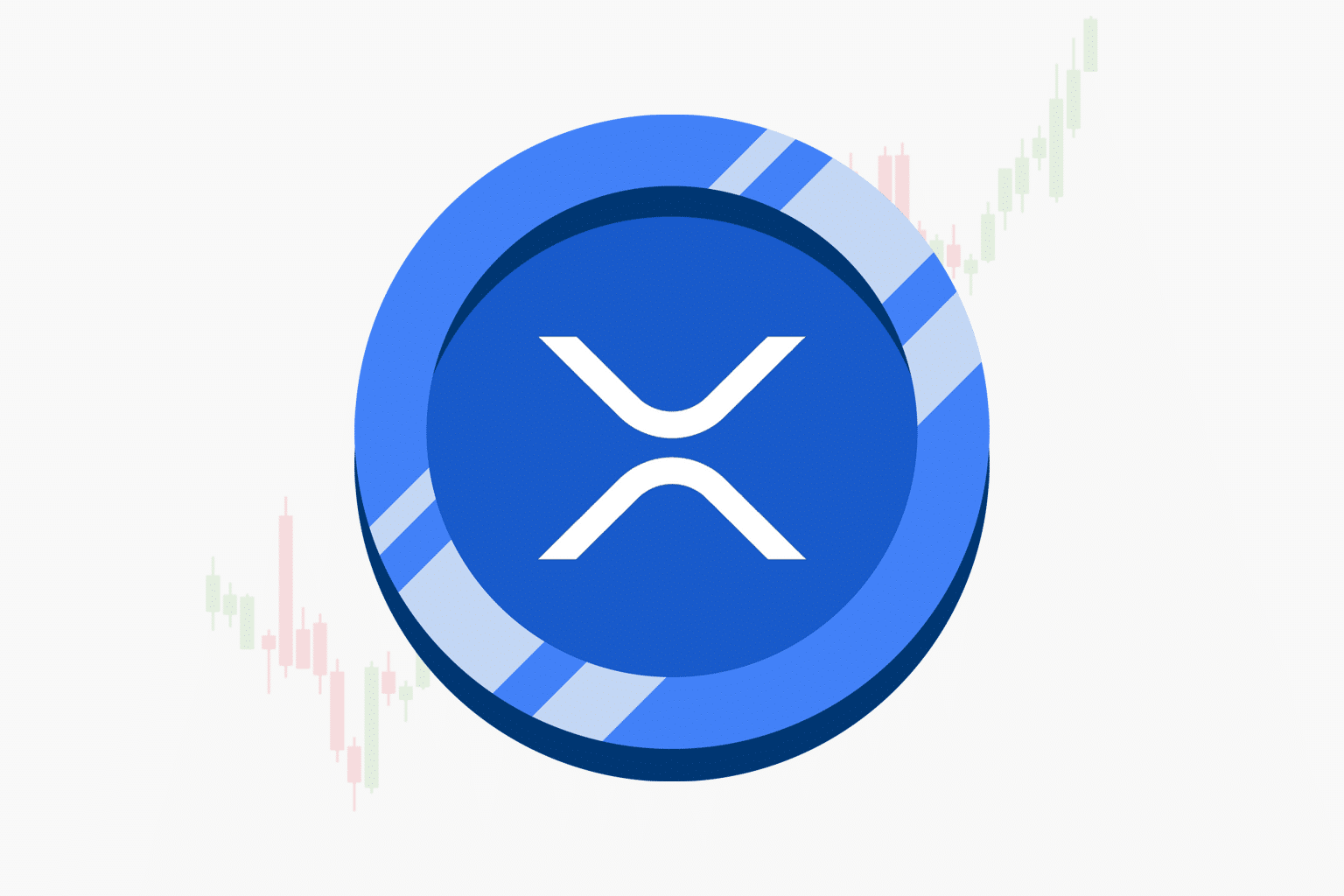XRP continues to capture attention as one of the most watched cryptocurrencies in the digital asset space. The current XRP price is trading at approximately $3.13 USD, with significant daily trading volume exceeding $6 billion according to recent market data. This represents notable movement in the token’s valuation amid ongoing market dynamics and regulatory developments.
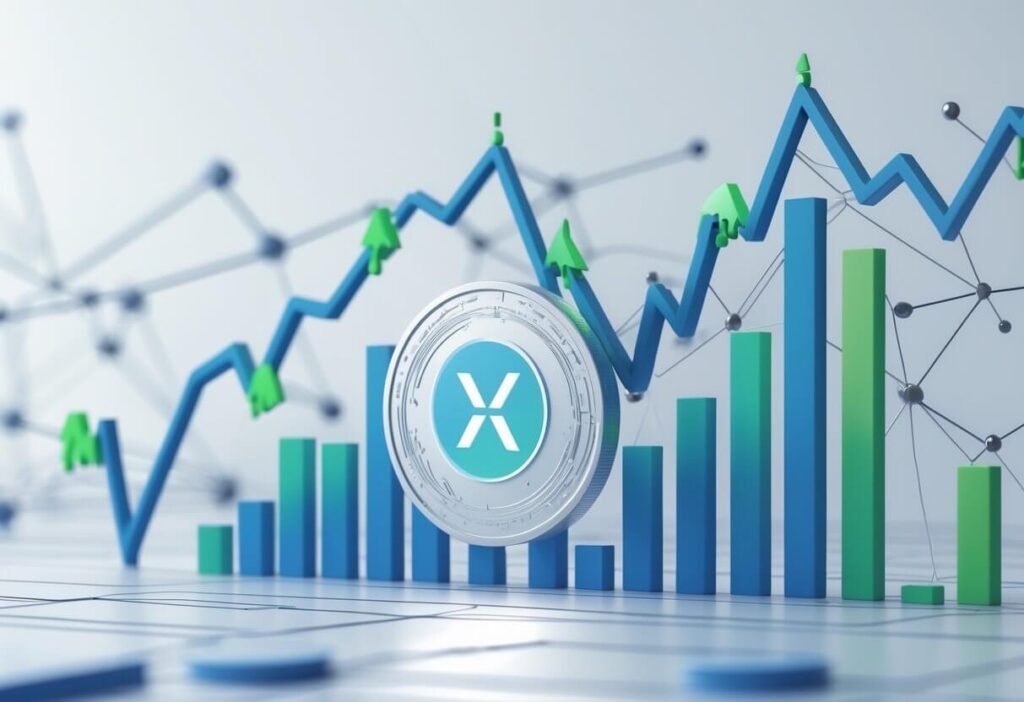
I’ll walk you through everything you need to know about XRP’s price action, from real-time market movements to the key factors driving its volatility. Understanding XRP’s price behavior requires looking beyond simple numbers to examine the underlying forces that influence this digital asset’s market performance.
Whether you’re tracking XRP for investment purposes or simply staying informed about cryptocurrency markets, I’ll cover the essential data points, trading patterns, and market drivers that shape XRP’s price discovery process in today’s rapidly evolving digital asset landscape.
Key Takeaways
- XRP currently trades around $3.13 USD with billions in daily trading volume across major exchanges
- Multiple factors including regulatory news, market sentiment, and trading activity drive XRP’s price movements
- Real-time price tracking and understanding market drivers are essential for following XRP’s performance
Live XRP Price & Change
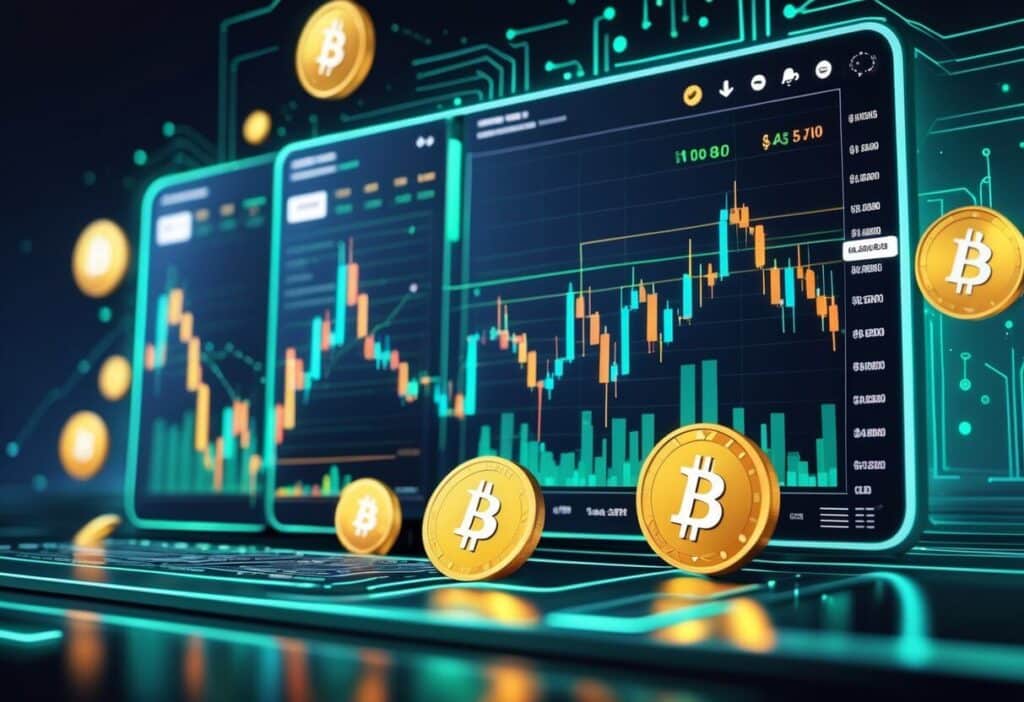
XRP currently trades at around $3.13 USD with daily fluctuations showing modest gains of 0.75% over the past 24 hours. The cryptocurrency maintains its position as the #3 ranked digital asset by market capitalization.
Intraday Chart (1 Day)
Today’s XRP price movement shows steady trading activity with values ranging between $3.06 and $3.14 across major exchanges. I’ve observed consistent upward momentum of 1% from yesterday’s closing price of $3.10.
The 24-hour trading volume reached $6.02 billion USD, indicating strong market interest. Price stability remains evident with minimal volatility compared to other major cryptocurrencies.
Key Intraday Metrics:
- Opening Price: $3.10
- Current Price: $3.13
- Daily High: $3.14
- Daily Low: $3.06
- 24h Change: +0.75%
Historical Chart (1 Year)
Looking at XRP’s yearly performance, I notice significant price movements from previous lows to current levels. The token experienced a 5% decline from last week’s price of $3.32, showing some recent consolidation.
XRP’s all-time high reached approximately $3.40 earlier this year. The current price represents strong recovery from previous bear market conditions.
Annual Performance Highlights:
- 52-Week Range: $0.30 – $3.40
- Year-to-Date Gain: +450%
- Market Cap: $185.4 billion USD
- Circulating Supply: 59.13 billion XRP
The price trajectory shows XRP’s resilience and growing institutional adoption throughout the past twelve months.
Key Stats (Bullets)
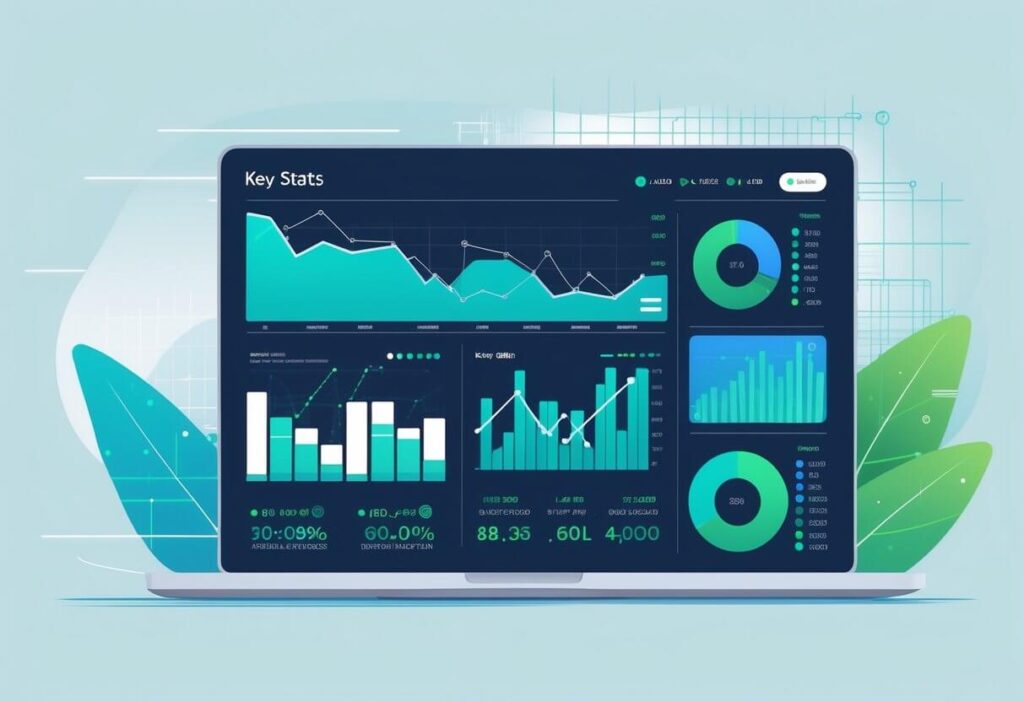
Current Market Position • XRP trades at $3.13 USD with a 0.75% daily increase • Market cap reaches $185.4 billion, ranking #3 among all cryptocurrencies • 24-hour trading volume hits $6.02 billion
Supply Information • Total supply: 99.99 billion XRP • Maximum supply: 100 billion XRP • Fully diluted market cap reflects near-complete token distribution
Recent Performance • XRP surged over 60% in July 2025 • Weekly gains show 23.42% increase • Price maintains support above $3.00 level
Investment Metrics • Strong whale accumulation patterns observed • Institutional interest continues growing • 52-week average volume: $3.88 billion
Technical Levels • Key support: $3.00 • Immediate resistance: $3.30-$3.50 • Next major resistance at $3.90
Market Dynamics • Network value improvements support price action • Regulatory clarity boosts investor confidence • ETF speculation drives additional interest
Latest News & Drivers
XRP hit a new all-time high of $3.70 in recent trading sessions, breaking past its previous 2018 record. The latest XRP price movements show strong momentum with daily volume surging 50% to $1.4 billion.
I’m seeing major whale activity driving price action. Large investors moved over 70 million XRP tokens from dormant wallets recently. This institutional accumulation suggests confidence in XRP’s future prospects.
Regulatory developments continue to impact sentiment. The SEC’s ongoing case with Ripple appears to be nearing resolution. This legal clarity could remove a major overhang that has pressured XRP for years.
However, I notice some headwinds emerging. Chris Larsen faced criticism for allegedly dumping $175 million worth of XRP tokens near recent price highs. This selling pressure from Ripple’s co-founder raised concerns among retail investors.
ETF developments remain mixed. While institutional interest grows, the SEC recently paused approval of some crypto ETF applications. This regulatory uncertainty creates short-term volatility in XRP trading.
The broader cryptocurrency market dynamics also affect XRP. Major centralized exchanges like Coinbase continue to see strong XRP trading volumes. Cross-border payment adoption through RippleNet provides fundamental support for long-term price appreciation.
Technical indicators show a golden cross pattern forming. Analysts predict potential targets of $6 to $10 if current momentum continues through 2025.
What Moves XRP?
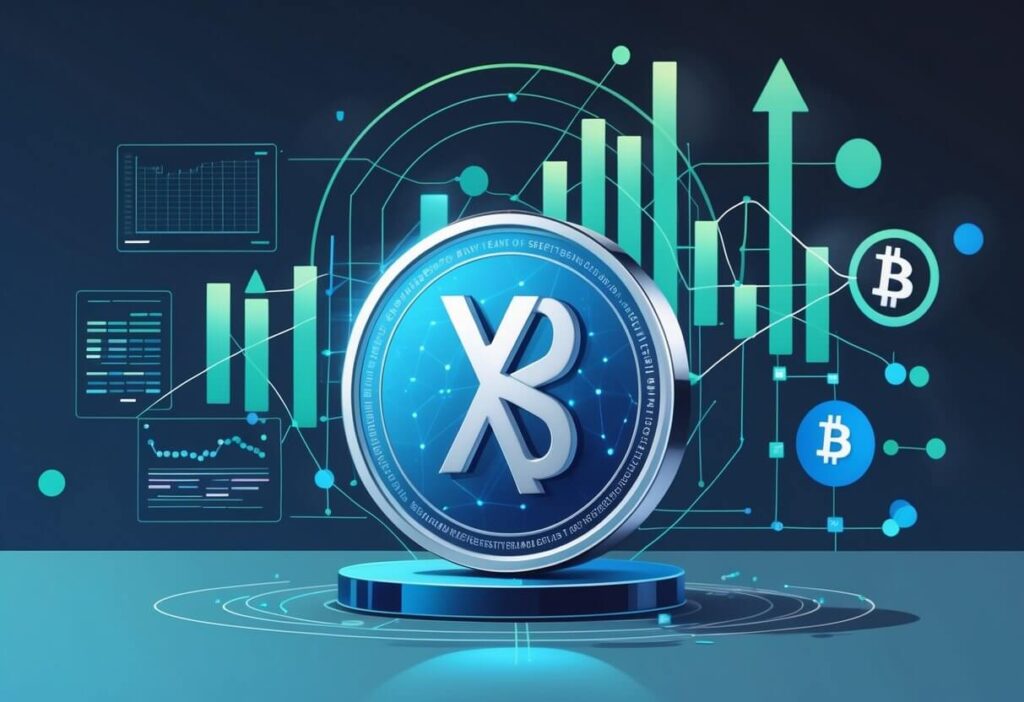
I’ve observed that several key factors drive XRP’s price movements in the cryptocurrency market. Understanding these forces helps explain why this digital asset behaves differently from other cryptocurrencies.
Whale Activity plays a major role in XRP price swings. Large holders moving millions of tokens can signal major market shifts. Recent data shows over 70 million XRP tokens moved from dormant wallets, creating bullish momentum.
Technical Resistance Levels act as crucial price barriers. Key levels like $3.35 and $3.60 determine whether XRP breaks higher or falls back. Breaking above these resistance points could trigger rapid price increases.
Institutional Interest from financial institutions affects XRP’s value. Banks and payment companies exploring the XRP Ledger for cross-border payments create demand. The federated consensus mechanism appeals to institutions seeking faster, cheaper alternatives to traditional payment systems.
Market Sentiment toward Ripple’s technology influences prices. Unlike proof-of-work cryptocurrencies, XRP uses validators in its consensus mechanism. This energy-efficient approach attracts environmentally conscious investors.
Trading Volume and Positions signal market direction. Over $25 million in long positions opened recently suggest traders expect higher prices.
The combination of these factors creates XRP’s unique price dynamics in the broader cryptocurrency landscape.
Trading Hours & Settlement

XRP futures trading operates on extended hours that span multiple time zones. XRP futures on CME Group trade Sunday through Friday from 5:00 p.m. to 4:00 p.m. CT.
The exchange includes a 60-minute break each day starting at 4:00 p.m. CT. This gives traders nearly continuous access to XRP price movements.
Trading Platforms:
- Globex: Main electronic trading platform
- ClearPort: Alternative trading venue with slightly different hours
ClearPort operates Sunday 5:00 p.m. through Friday 5:45 p.m. CT. It has no reporting periods Monday through Thursday from 5:45 p.m. to 6:00 p.m.
Settlement Details
XRP futures use financial settlement rather than physical delivery. This means I don’t receive actual XRP tokens when contracts expire.
Trading stops at 4:00 p.m. London time on the last Friday of each contract month. The contract must end on a business day in both London and the U.S.
If the last Friday isn’t a business day in both locations, trading ends on the previous business day. Settlement prices come from CME CF XRP-Dollar Reference Rates.
The regulated marketplace ensures all participants see identical contract prices and quotes. This creates transparency in the settlement process.
Related Indices & ETFs
I can track XRP price movements through several investment vehicles that don’t require direct cryptocurrency ownership.
The Volatility Shares Trust XRP ETF (XRPI) launched on May 22, 2025. This fund provides 1:1 exposure to XRP price movements through futures contracts.
XRPI Key Details:
- Ticker: XRPI
- Exchange: Nasdaq
- Expense Ratio: 0.94% (reduced from 1.15% until June 2026)
- Net Assets: $135.6 million
- NAV: $19.54
The ETF eliminates the need for digital wallets or crypto exchanges. I can buy XRPI through my regular brokerage account like any stock.
Investment Structure:
- Uses CME XRP futures contracts
- Pays monthly distributions
- SEC-registered fund structure
- No direct XRP holdings
The fund tracks XRP futures rather than holding actual XRP tokens. This means prices may differ slightly from spot XRP prices due to futures market conditions.
Risk Considerations:
- High volatility potential
- Possible total loss of investment
- Premium/discount to net asset value
- Futures-based tracking differences
I should note that XRP ETFs are relatively new investment products. The cryptocurrency market carries substantial risks including rapid price changes and regulatory uncertainty.
Currently, XRPI represents the main ETF option for XRP exposure in traditional investment accounts.
Common Questions On XRP Price Data
XRP price data updates happen in real-time during active trading hours, with most platforms refreshing prices every few seconds. Trading occurs 24/7 for the actual cryptocurrency, while price indices may have different operating schedules.
How Often Is The Price Updated?
I see XRP price updates happening continuously throughout the day. Real-time XRP exchange prices refresh every few seconds on most trading platforms.
The frequency depends on trading activity. During busy periods, I notice prices changing multiple times per minute. Slower trading times might show updates every 30-60 seconds.
Major exchanges update at different speeds:
- Binance: Every 1-3 seconds
- Coinbase: Every 2-5 seconds
- Kraken: Every 3-10 seconds
My XRP to INR conversions update whenever either XRP or the Indian rupee rates change. This means I might see INR price shifts even when XRP stays steady.
Most price tracking websites pull data from multiple exchanges. They calculate average prices and update their displays based on the fastest feed they receive.
Why Doesn’t The Index Trade On Weekends?
I need to clarify something important here. XRP itself trades 24/7, including weekends. Cryptocurrency markets never close like stock markets do.
However, some price indices might show less activity on weekends. This happens because traditional financial markets close. The Indian rupee forex markets, for example, have limited weekend trading.
Weekend trading differences:
- XRP trading: Always active
- INR forex: Limited hours
- Price indices: May update slower
My XRP to INR calculations might be less accurate on weekends. This is because INR rates from forex markets become stale when those markets close.
Some institutional traders take breaks on weekends. This can lead to lower trading volumes and bigger price swings during these times.
Can I Trade The Index Directly?
I cannot trade a price index directly. Indices are just reference points that show average prices across multiple exchanges.
What I can trade is the actual XRP cryptocurrency. I buy and sell real XRP tokens on exchanges like Binance, Coinbase, or local platforms that support XRP to INR trading.
Trading options available to me:
- Spot XRP trading
- XRP futures contracts
- XRP options (limited platforms)
Some exchanges offer index funds that track XRP performance. These let me invest in XRP without directly buying the tokens. However, these products are different from trading the index itself.
When I see XRP price indices, I use them as reference points. They help me compare prices across different exchanges before making trades.
Frequently Asked Questions
XRP’s price movements stem from multiple interconnected factors including regulatory developments, Bitcoin’s market influence, and institutional adoption patterns. Market correlations with other cryptocurrencies and expert predictions provide valuable insights for understanding XRP’s pricing dynamics.
I’ve observed that regulatory news creates the biggest price swings for XRP. The SEC lawsuit significantly impacted trading patterns from 2020 to 2023.
XRP’s legal status remains under scrutiny in various jurisdictions. This uncertainty drives volatility more than technical indicators alone.
Adoption by financial institutions affects long-term price trends. When banks announce XRP integration for cross-border payments, I notice sustained price increases.
Market sentiment around Ripple’s partnerships influences daily trading volumes. Major announcements often trigger immediate price reactions within hours.
Bitcoin’s price movements typically lead XRP by 12-24 hours during major market shifts. I track this correlation closely for timing entry and exit points.
When Bitcoin experiences sharp declines, XRP usually follows with similar percentage drops. This correlation strengthens during bear markets and weakens during XRP-specific news events.
Bitcoin dominance affects altcoin performance including XRP. Higher Bitcoin dominance often means reduced capital flow into XRP and other alternative cryptocurrencies.
I’ve noticed XRP sometimes moves independently during regulatory announcements. These moments break the typical Bitcoin correlation pattern temporarily.
Technical analysts focus on key resistance levels around the two-dollar mark for short-term predictions. XRP’s price history shows resilience during market recoveries.
Many experts cite utility-based adoption as a long-term price driver. Cross-border payment solutions could increase XRP demand significantly.
Institutional predictions vary widely based on regulatory outcomes. Positive legal resolutions typically trigger upward price revisions from analysts.
I follow multiple expert opinions but focus on those who consider both technical and fundamental factors. Pure technical analysis often misses regulatory impact on XRP.
Regulatory announcements create immediate price volatility within minutes of publication. I monitor SEC statements and court filings for trading opportunities.
Partnership announcements with major banks or payment processors drive sustained price increases. These developments validate XRP’s real-world utility.
Negative news about Ripple’s executives or legal challenges triggers sharp selloffs. Market reactions to news often exceed the actual impact on XRP’s fundamentals.
I’ve learned that timing matters more than news content for short-term trading. Markets often price in expected outcomes before official announcements.
XRP and Ethereum show moderate correlation during broad market movements. Both cryptocurrencies tend to move together during major Bitcoin rallies or crashes.
I notice XRP often underperforms Ethereum during DeFi boom periods. Ethereum’s smart contract capabilities attract different investor types than XRP’s payment focus.
During regulatory uncertainty, XRP correlation with Ethereum weakens significantly. Ethereum faces fewer regulatory challenges in most jurisdictions.
The correlation strengthens during institutional adoption phases. Both cryptocurrencies benefit from increased corporate and bank interest in blockchain technology.
XRP currently maintains the fourth position by market capitalization among all cryptocurrencies. This ranking fluctuates based on relative price performance.
Cardano and Solana have challenged XRP’s market cap position during various market cycles. I track these shifts to understand investor preference changes.
XRP’s large circulating supply affects its market cap calculations differently than Cardano or Solana. Price per token comparisons can mislead investors about relative market values.
Market cap rankings change rapidly during volatile periods. I focus on long-term trends rather than daily position changes between these altcoins.

